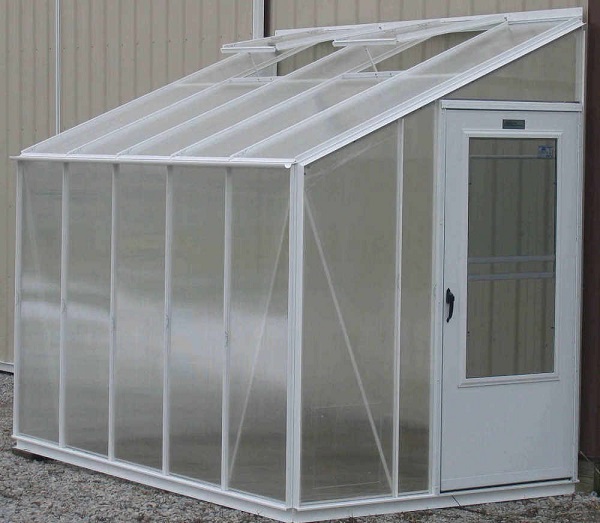
Greenhouses have been a staple in horticulture for centuries, allowing gardeners to extend their growing seasons and cultivate a wide range of plants. Among the various greenhouse designs, lean-to greenhouses have gained popularity due to their unique structure and advantageous placement. In this article, we will review the history of lean-to greenhouses, explore their advantages, and discuss their disadvantages to help you make an informed decision about incorporating one into your gardening endeavors.
Historical Overview
The concept of lean-to greenhouses dates to ancient civilizations, where they were used to protect plants from harsh weather conditions and provide optimal growing environments. However, the modern interpretation of lean-to greenhouses emerged during the Victorian era in the 19th century. Wealthy estate owners would attach greenhouse structures to the existing walls of their homes, creating lean-to greenhouses. This design allowed for convenient access and made use of the existing heat and structure of the building.
Advantages of Lean-to Greenhouses
Structural Support
One of the primary advantages of lean-to greenhouses is the structural support they receive from an existing building or wall. This shared wall provides stability and protection from harsh winds, reducing the need for additional support and making construction easier.
Energy Efficiency
Lean-to greenhouses benefit from the radiant heat provided by the adjacent building, minimizing heat loss and reducing energy consumption. The shared wall acts as a thermal mass, absorbing and releasing heat, thereby maintaining a more stable temperature inside the greenhouse.
Space Utilization
Lean-to greenhouses are space-efficient since they utilize an existing structure. They are ideal for gardens with limited space or urban environments, where land is scarce. The greenhouse can be seamlessly integrated into the existing architecture, optimizing the use of available land.
Accessibility and Convenience
With a lean-to greenhouse, access to the garden is convenient, as it shares a wall with a building. This proximity allows for easy entry and ensures that gardeners have close access to tools, supplies, and water sources. It also provides shelter during inclement weather.
Disadvantages of Lean-to Greenhouses
Limited Sunlight
Lean-to greenhouses rely on the adjacent building for support, but this can result in limited exposure to sunlight. Depending on the positioning and shading caused by the existing structure, plants may not receive optimal sunlight throughout the day. Careful consideration should be given to the positioning and orientation of the greenhouse to maximize light exposure.
Structural Constraints
The size and design of lean-to greenhouses are limited by the existing building or wall they are attached to. This can restrict the height, width, and overall layout of the greenhouse, potentially limiting the variety of plants that can be cultivated. Additionally, modifications to the existing structure may be necessary to ensure proper support and load-bearing capacity.
Temperature Control
While the shared wall provides thermal benefits, it can also pose challenges in temperature control. The greenhouse’s proximity to the building may result in higher temperatures during warmer months, requiring additional ventilation and shading mechanisms to prevent overheating.
Aesthetics
The integration of a lean-to greenhouse into an existing building may not always result in a seamless visual appeal. Careful consideration should be given to ensure the design and materials used in the greenhouse align with the existing architecture and enhance the overall aesthetic value of the property.
In conclusion, lean-to greenhouses have a rich historical background and offer several advantages to gardeners. They provide structural support, optimize energy efficiency, utilize limited space effectively, and offer convenient accessibility. However, it is essential to consider the potential limitations, such as limited sunlight, structural constraints, temperature control challenges, and aesthetic considerations. By carefully evaluating these factors, you can determine whether a lean-to greenhouse is the right choice for your gardening needs and create an environment where your plants can thrive year-round.
Related Articles & Free Email Newsletter Sign Up
7 Factors to Consider Before Purchasing a Greenhouse
A Flat Arch Greenhouse Offers Efficiency and Versatility



Comment here